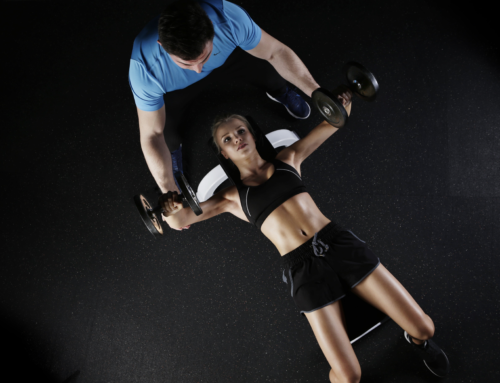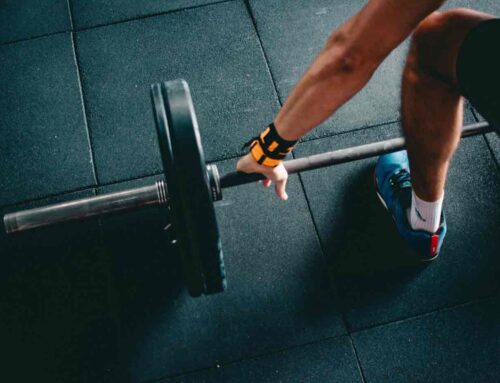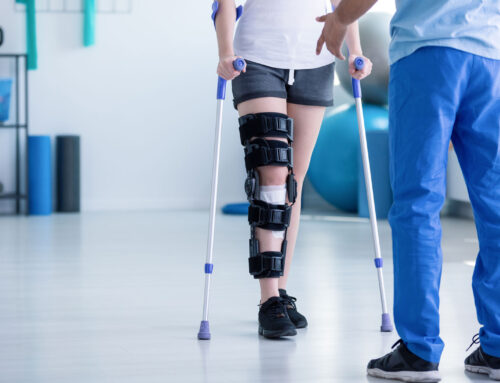Tracking Your Training to See Benefits
Have you ever found yourself trying to remember how much weight you used last week? Or perhaps what pace you ran those miles at? It could even be as simple as “Did I warm up and stretch after?”. If you’re like me, then you probably have a guesstimate to answer those questions. “Is that a bad thing?” you may ask. Not necessarily, but I will tell you that once I began tracking my training I became more engaged, the questioning ceased, and my self-satisfaction increased.
By tracking your training and diet, you can ensure that you are getting the most out of your workout plan. Think of it as an assurance plan – if you see your progression, you will feel more motivated to continue working towards your fitness goals.
How Do I Track My Training & Workout Progress?
There are numerous ways to track your fitness goals and progress, whether it be with technology or just the old school pen and paper.
Fitness Tracking Apps
The convenience of tracking has been greatly increased with the use of today’s technology. For fitness enthusiasts with smartphones, applications such as MyFitnessPal are just a click away. These apps simplify tracking by allowing users to input their daily workout and diets and then create metrics and graphs that allow the user to see their progress in real-time.
I would have to say that the MyFitnessPal fitness application is my personal favorite fitness tracking app. This one-stop-shop app allows me to document all of my daily exercise and diet-related stats and provides diet recommendations to help me reach my goals.
For instance, MyFitnessPal calculates the caloric surplus I need to intake daily in order to gain weight (my personal fitness goal). After factoring in all the variables (my height, weight, exercise, and diet) and logging my daily exercise, the app calculates my caloric deficit so that I know exactly how much I need to eat. It even provides micro-nutrient and macro-nutrient metrics, so I know that I am getting all of the nutrients that I need to reach my fitness goal. The best part, it does all the arithmetic for you, you just have to enter your meals and exercise. You can search your meals by the name of your food, the restaurant or the store you purchased them at, or even the barcode on the box. Inputting your daily workout is as simple as searching your workout by name (example: weight lifting) and registering the amount of time your workout took. The app does the rest.
When it comes to using technology to track your progress, this is your best fitness pal. Best of all, MyFitnessPal is free!
If you do not like MyFitnessPal, there are a ton of other free and for-pay apps available that will count your calories, document your exercise, and track your training.
Traditional Fitness Tracking – The Pen & Paper Method
“Well, what if I prefer to track my progress the old fashion, hard copy way?” Well, if you were to take the fitness application previously mentioned and put it on paper, the NewMe Fitness planner is what you would get.
There are a number of versions of this hardcopy logbook that allow you to track workouts or diet, or both. NewMe also offers workout outlines and guides for workout enthusiasts of every level and interest. The series offers everything users it can be everything you need for fitness tracking, diet tracking, and workout planning.
Personally, I like to use the NewMe workout series while I’m at the gym to track my workouts. I find it quicker and easier while I am in the gym. I usually translate my workouts into the MyFitnessPal app when I get home.
With being able to see my results on paper for several months now, I can say that I do see a new me.
NewMe offers workout outlines, progress registers, and diet and workout tracking workbooks. For those individuals who would rather stay off their phones and track their fitness progress the old way, NewMe is the solution that you are looking for.
If you do not like the NewMe layout or the tracking method, you can always go old-school and track your workouts, diet, and caloric deficits using a notebook, pad, and paper. But NewMe has really simplified this process, so I recommend checking them out first.
The Benefits of Tracking Your Training & Diet
Whether you prefer smart technology over pen and paper or vice versa, there are several successful ways to track your training. After you have gotten into a routine, you will begin to see you hold yourself more accountable, which will only get you closer to your fitness goals.
By tracking your training and diet, you ensure that you are consuming the right amount of calories compared to your caloric output from working out. You also can be sure that you are continuing to progress towards your fitness goal and not plateauing some of your workouts. Once you see your progression on your tracking metrics, you will be encouraged to keep pushing forward towards your fitness goal.
Written by Dillon Soliben, E’ville Fitness Staff








Leave A Comment